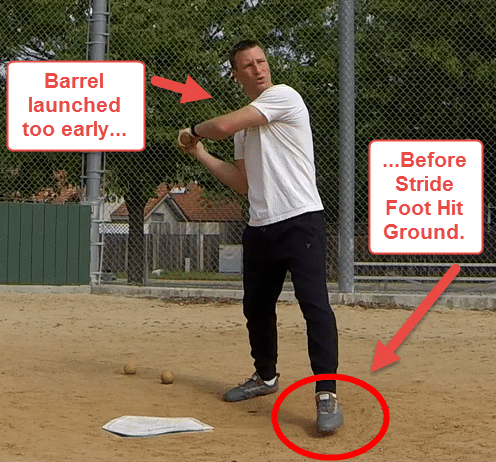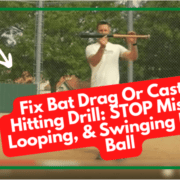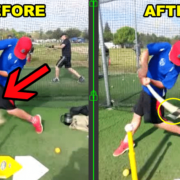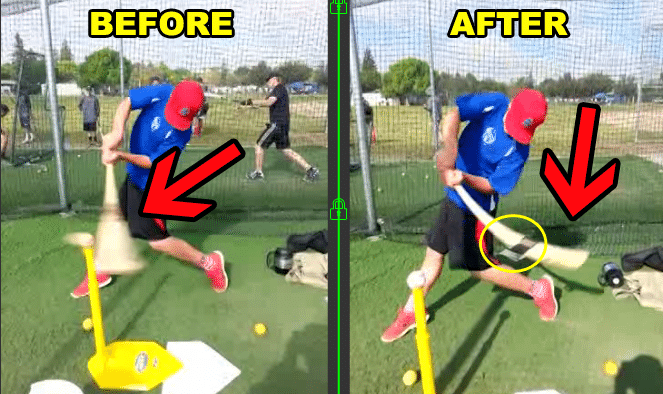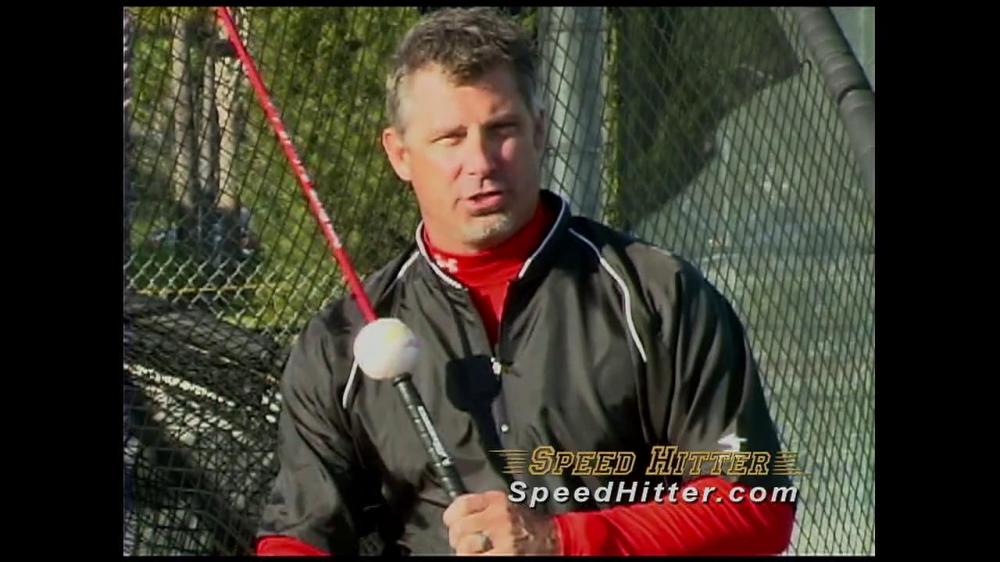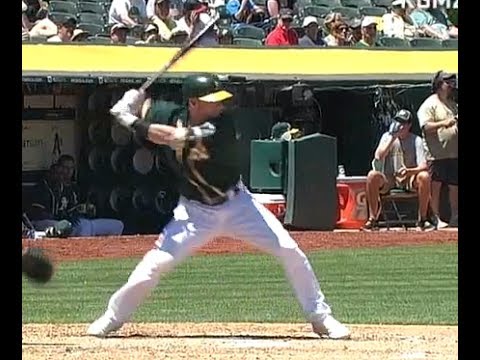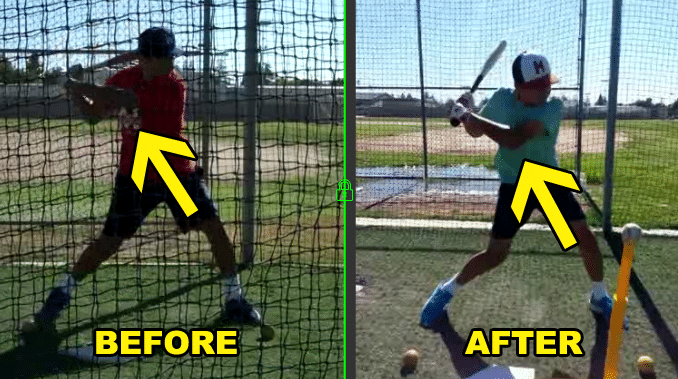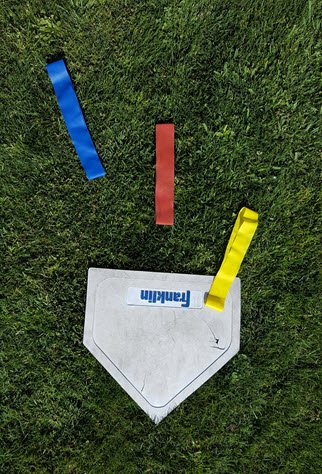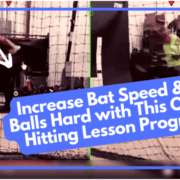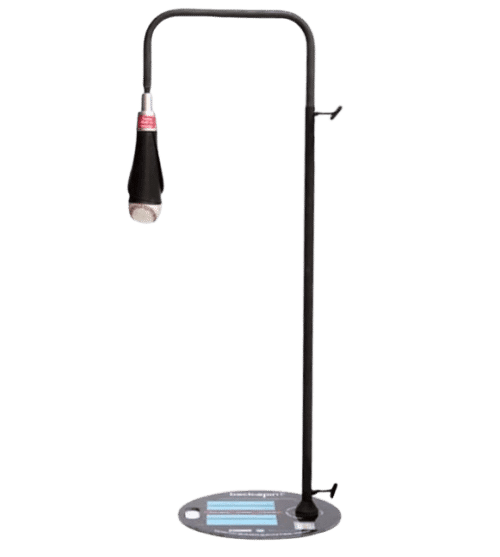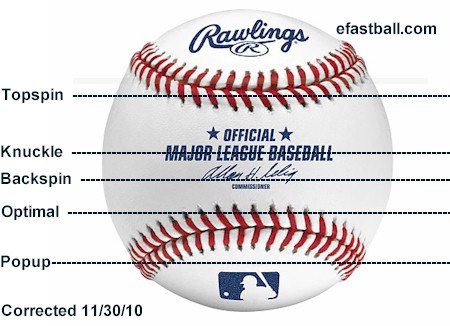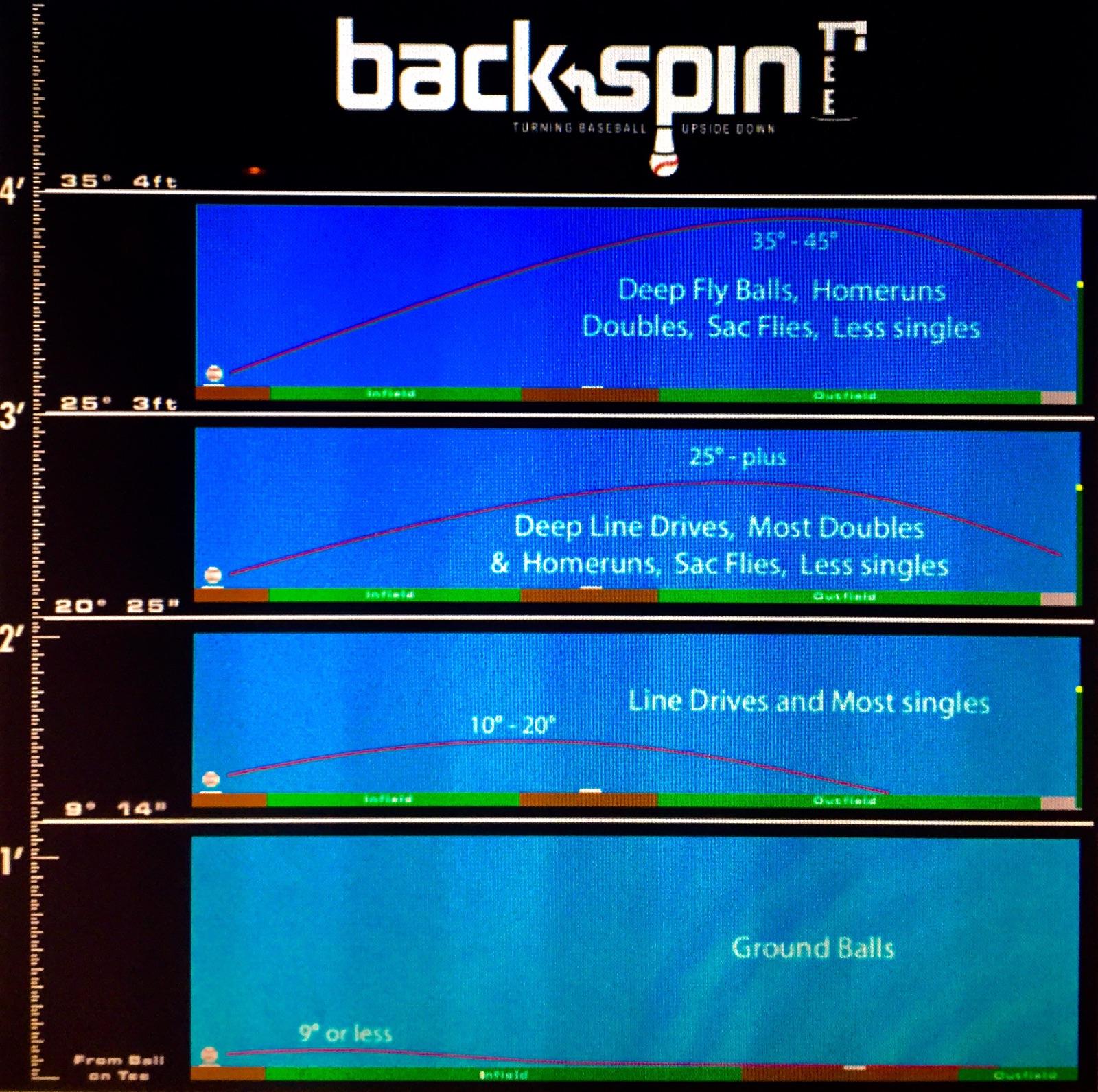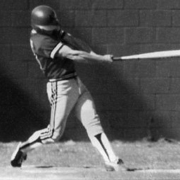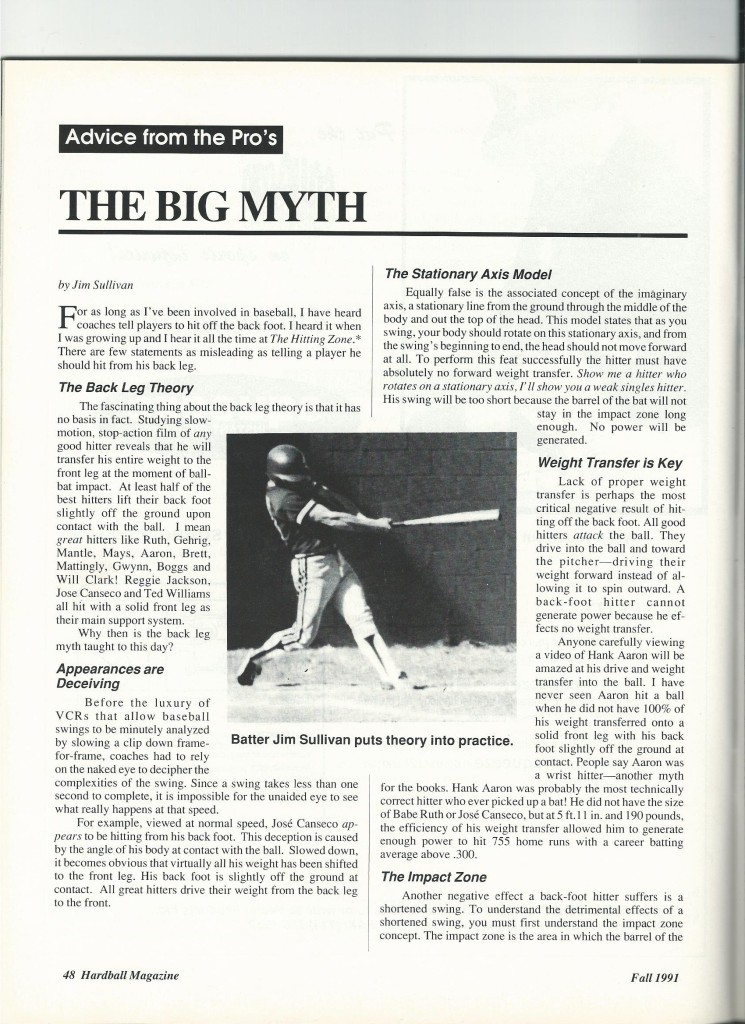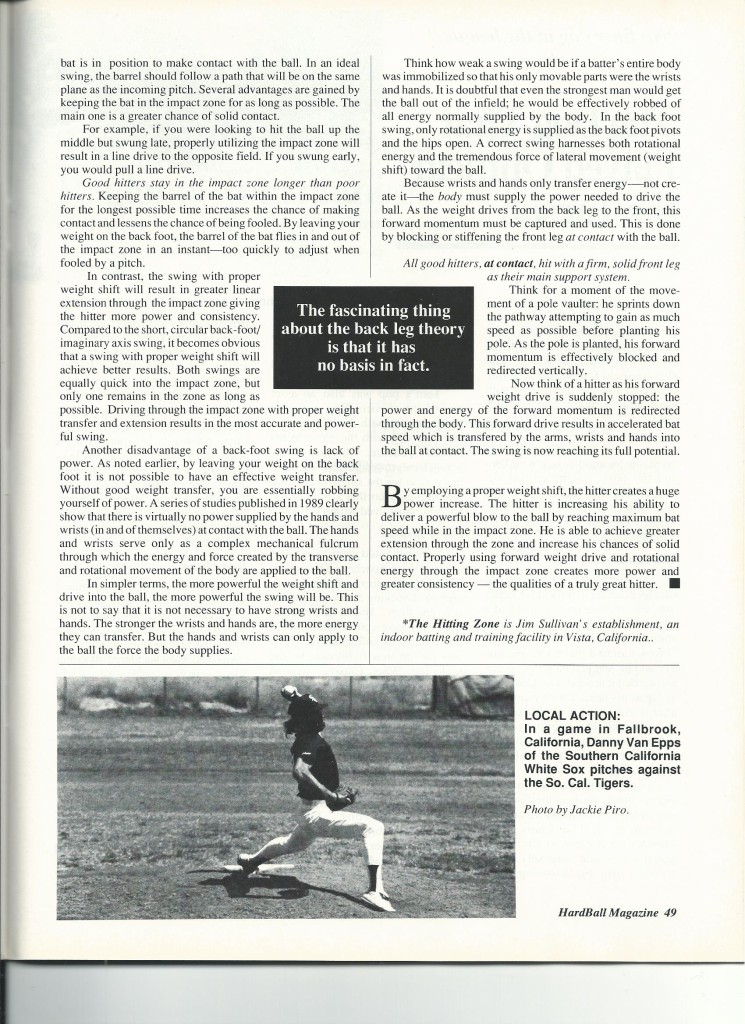Discover the best online youth hitting coaching blog for baseball and softball analysis, instruction, and private lessons program. Why the best? Because we apply human movement principles validated by science to hitting a ball.
How To Get Hitters To Buy Into The System
In this video, we answer the following reader question:
“How Do You Get Kids To Buy Into These Movements When Every Hitting Instructor In The Area Is Teaching Robotic, Sequential Hitting Positions?”
We’ll go over:
- Hypnosis: GOOD or BAD?
- Internal v. external cues, and
- Listing successful case studies…
But before we get into these, some housecleaning, and the elephant in the room…any new hitting movement a hitter learns, regardless of the content, will look robotic and mechanical, until they’ve put enough repetitions in. For kids to ‘buy into’ the process, they must understand this. For instance, if I taught a hitter to reverse their hands on the bat (ex. right handed batter – right hand on bottom, left hand on top), it would feel real awkward at first, but after 66 days of constant practice, it would feel comfortable.
SCIENCE-BASED TRAINING:
Improve your hitting strategy dramatically by applying human movement principles.
Learn not only how and what to train but also the science behind the methods.
Imagine what it would be like if you experimented with switching up how to steer a bike:
The initial learning process for young hitters may look, sound, and/or feel like this. I tell my hitters that we take one step back, to take two forward when learning a new hitting mechanic. Arnold Schwarzenegger outlines his path to making the unreal, REAL, in his book Total Recall :
:
- Goals,
- Steps, and
- Reps.
Whether Arnold was talking about how he won Mr. Olympia, prepping for a movie like Terminator 2, or being Governor of California, he stuck to these three objectives. Setting specific GOALS, with a timeline, and focusing on the things that athlete can control are crucial.
Where girls softball hitting tips start to get fuzzy is whether these hitters are being shown the right STEPS to get there. Or as Tony Robbins calls it, the most effective ‘pathway to power’. In other words, are they focused on learning the right things? What are the ‘right’ things?
Are the hitting movements they’re learning following human movement principles that are validated by science?
When the right things are being taught, doubts seldom rise in the minds of my hitters. PLEASE NOTE: we’re NOT talking about girls softball hitting tips philosophy or theory here. Our hitters MUST live and die by a better and more secure hitting standard. Validation through REAL science. NOT pseudo science that is subjective, versus being objective.
And lastly, are hitters focused on doing those things right (efficiency – putting in the REPS). Now, let’s dive into the main content of this girls softball hitting tips post…
Hypnosis: GOOD or BAD?
Hitters MUST NOT work with instructors that are teaching ineffective mechanics, technique that’s unsupported by science. PERIOD. Or they’re wasting their time and their parent’s money.
If we rule out the instructor, then most likely their school coach will be reinforcing ineffective hitting hypnosis. How do we get kids to buy into the system? What are some girls softball hitting tips and tactics to deal with this kind of scenario?
Give the hitter a heads up
They MUST know what they’ll be hearing at practice, and how it may be different than what an effective instructor is teaching, and most likely COMPLETELY backwards!!
Also, passively listening to the BAD hypnosis over time will manifest physically, even if the hitter knows it’s bad. The more we hear the same message over and over, it’s only a matter of time before what’s subconscious, becomes conscious. The fix?
The hitter MUST consciously hear what the coach is saying, and actively compartmentalize that information as ineffective in their brain. Where there’s awareness, there’s power of control.
The ‘bobblehead nod’
Use this when coach is telling you to:
- Swing down on the ball,
- Chop down on the ball, or
- Knob to the ball…
Then you nod your head up and down, saying “Yes Coach”. And when they leave your presence, go back to what an effective swing path should look like.
Preach Science, NOT hitting theories
Other ways to reinforce GOOD hypnosis is to preach how the movements they’re learning are validated by human movement science. Promote curious experimentation with specific hitting movements. Cite hitting experiments. Encourage hitters to try it the wrong way, then the right way, and have them compare their visual, auditory and/or feel feedback after 5 swings.
Inspire your hitters to seek out specific hitters on YouTube like McCutchen, Pedroia, Sadaharu Oh, Hank Aaron, Bautista, and Donaldson, and encourage them to look for what it is you’re teaching them.
You can also do movement tests like Dr. Kelly Starrett’s One-Joint Rule from one of the links above.
'Add 40-Feet' To Batted Ball Distance
Swing Study reveals how tens of thousands of hitters are adding 40-feet to batted ball distance by using one simple strategy.
Click the button below to access the FREE video that's been downloaded over 30K times!!
Click here to 'Get Instant Access'
Internal v. External Cues
There seem to be two groups of coaches online…ones who believe effective teaching is using 100% external cues…and the other? Using 100% internal cues! Both are wrong. It’s a blend. Just like the swing is either rotational or linear…it’s a blend. Just like superior athletes are either born with it or work at it…this too is a blend. And if someone tells you otherwise, they’re lying to you. And probably not teaching the game on a consistent basis.
That being said, sticky coaching cues are key to getting kids to buy into the system.
When you sink the blade of an ax into a block of wood, are you thinking about keeping your right arm at X-degree angle, or slotting your back elbow?
No.
You’re thinking of taking that handled ‘blade thing’ in your hand, and splitting that ‘wooden thing’, sitting on a platform in front of your feet, in half.
Talking about limb angles and back elbows slotting as girls softball hitting tips are internal cues…and can, with the right coaching cues, be effective.
But not quite as effective as external cues such as:
- ‘Get shorter’ at landing or ‘stay shorter’ throughout the turn,
- ‘Let the barrel chase the ball’ after impact,
- ‘Hit the bottom half of the ball’, or
- ‘Skip the barrel across the lake’.
I like to use external cues to kill 2, 3, or 4 birds with one stone. I call it the “lazy” coaches way to success, again, I use these myself. However, if I need to target specific movements and external isn’t working, I go internal. This does require knowledge about human movement validated by science, which I’ve found some coaches don’t want to take the time to learn. Additionally, it can depend entirely on the hitter and their learning style. CLICK HERE to read what science says about this in a post I did titled, “What Every Coach MUST Know About Giving Feedback To Hitters…”
Girls Softball Hitting Tips – Listing Successful Case Studies…

Liam Wolf is one of my 11u hitters. Photo courtesy: his parents.
Successful case studies are the lifeblood of getting your hitters to buy into the system. These can be your own, or borrowed from someone else.
These are powerful for young hitters.
Remember the time when your kids were learning how to swim?
Did they learn better watching adults swim OR when they saw kids their own age or slightly younger/older swimming?
Here is a current list of my case studies I often bring up to my hitters:
- 98-lb 11yo hitting the ball 300-feet, multiple times
- 95-pounder hitting their first dinger over 270-feet? (this is actually the brother of the above hitter but 2 years younger)
- 115-lb 11yo not only hitting the ball 300-feet multiple times, but hitting over 40 homers in one season…to ALL fields
- 66-lb 11yo hitting the ball over 180-feet, AND
- a 115-lb 13yo hitting the ball 330-feet (this one I borrowed from a hitting instructor in my area that teaches the same things as I do)…
Here’s video footage of #1 above (which was hit on a field in Manteca where the fences were set at 330-feet):
And I have many more, but these are the easiest to rattle off without having to give too much context. If you don’t have any, then feel free to borrow mine, just please give credit where credit is do.
To recap…
Girls softball hitting tips to get your kids to buy into the system:
- They MUST hear GOOD hitting hypnosis,
- They MUST hear sticky coaching cues, and
- They MUST hear this stuff working with hitters close to their age.
'Add 40-Feet' To Batted Ball Distance
Swing Study reveals how tens of thousands of hitters are adding 40-feet to batted ball distance by using one simple strategy.
Click the button below to access the FREE video that's been downloaded over 30K times!!
Click here to 'Get Instant Access'
